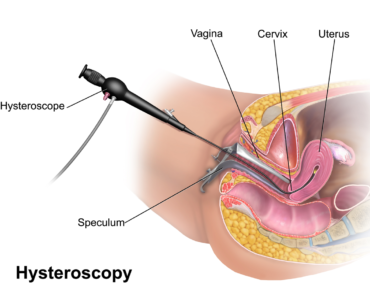Hysteroscopy is a minimally invasive procedure. The surgeons perform hysteroscopy to view and examine inside the uterus. Hysteroscopy can be used to diagnose or correct the problem in your uterus without making any incision on your abdomen.
Reasons for diagnostic hysteroscopy:
- Evaluate abnormal uterine bleeding
- Investigate the causes of infertility
- Detect abnormal growth in the uterus such as fibroids, polyps and malformation.
Reasons for operative hysteroscopy :
- Remove benign growth from the uterus
- Obtain a tissue sample for the biopsy from the uterus
- Locate intrauterine device (IUD)
- Implant birth control devices in the fallopian tube
Before the procedure:
- General anesthesia
- Regional anesthesia
- Local anesthesia
The doctor uses hysteroscopy, a thin device equipped with a camera, a light through the vagina into the uterus. In an operative, hysteroscopy doctor inserts small tools through the hysteroscope to take the biopsy and remove the growth and treat other problems. Hysteroscopy is a method that permits your doctor to peer inside your uterus to analyze and treat reasons for abnormal bleeding.
After the procedure:
- Doctor provide pain medication
- Return to normal activities in 1-2 days
- Mild cramping, bloody discharge
Many studies about hysteroscopy have proved that it has improved the chances of fertility-enhancing surgery. Moreover, than that, hysteroscopy can be used with other minimally invasive procedure such as laparoscopy.
The overall rate of complication from diagnostic hysteroscopy and operative hysteroscopy is 2% and the serious complications are less than 1%.
Indication for hysteroscopy:
- uterine polyps(polypectomy)
- intrauterine Adhesions/Asherman syndrome (Adhensiolysis)
- sub-mucous fibroids (myomectomy)
- intra-uterine septae(metroplasty)
- diagnosis of other Intrauterine problems
